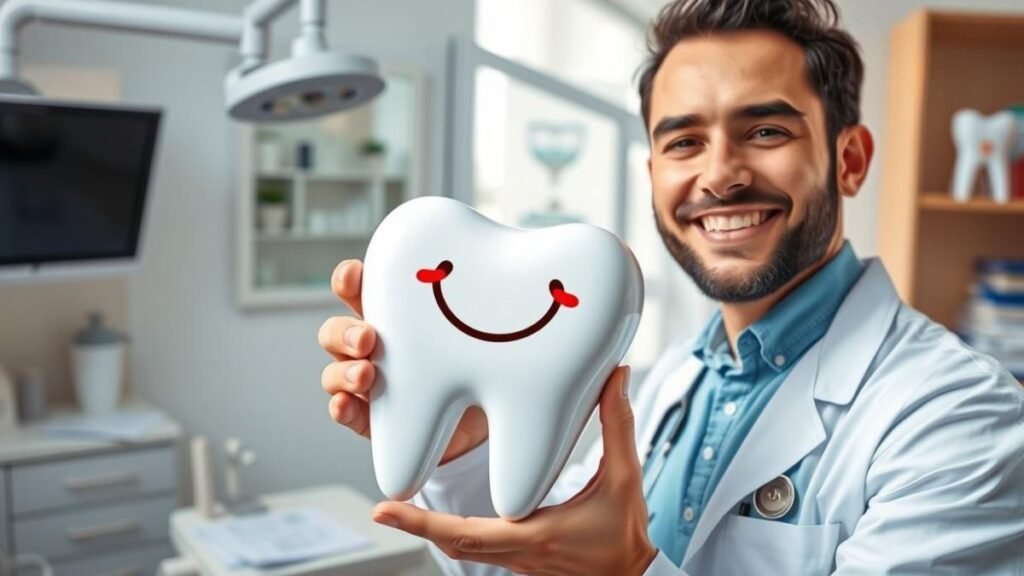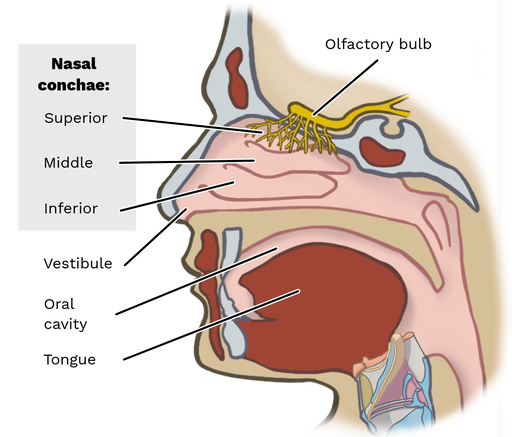Baby Teeth X Ray

The use of X-rays in pediatric dentistry has become a crucial tool for diagnosing and treating various dental conditions in children, including those related to baby teeth. Baby teeth, also known as primary teeth, begin to erupt when a child is around six months old and continue to come in until they are about three years old. These teeth play a vital role in the development of a child’s oral health and overall well-being.
One of the primary reasons for taking X-rays of baby teeth is to detect any potential problems that may not be visible during a visual examination. For instance, X-rays can help dentists identify cavities that are forming between teeth or under the surface of the tooth enamel. This is particularly important for baby teeth because they are more susceptible to decay due to their smaller size and the fact that they are still developing.
The Process of Taking X-Rays
Taking X-rays of baby teeth is a relatively simple and painless process. The child will typically be seated in a special chair and asked to bite down on a small piece of plastic or paper that holds the X-ray film in place. The dentist or dental assistant will then take the X-ray, which involves exposing the film to a small amount of radiation for a brief period.
There are different types of X-rays that can be taken, including:
- Bitewing X-rays: These X-rays show the upper and lower teeth biting down on each other and are used to detect cavities between teeth.
- Periapical X-rays: These X-rays show the entire tooth, from the crown to the root, and are used to detect problems with the tooth root or surrounding bone.
- Panoramic X-rays: These X-rays show the entire mouth, including the teeth, jawbone, and sinuses, and are used to detect problems with the jawbone or sinuses.
Why X-Rays Are Important for Baby Teeth
X-rays are an essential diagnostic tool for baby teeth because they can help detect potential problems early on, when they are easier to treat. Some of the benefits of taking X-rays of baby teeth include:
- Early detection of cavities: X-rays can help detect cavities that are forming between teeth or under the surface of the tooth enamel, allowing for early treatment and prevention of more severe problems.
- Monitoring tooth development: X-rays can help dentists monitor the development of baby teeth and ensure that they are coming in properly.
- Detecting oral health issues: X-rays can help detect other oral health issues, such as gum disease or tooth misalignment, which can affect the overall health and well-being of the child.
Safety Considerations
While X-rays are a valuable diagnostic tool, there are some safety considerations that parents should be aware of. Some of the key safety considerations include:
- Radiation exposure: X-rays involve exposure to a small amount of radiation, which can be a concern for some parents. However, the amount of radiation used in dental X-rays is very small and is considered safe for children.
- Frequency of X-rays: The frequency of X-rays will depend on the individual child’s oral health needs. In general, X-rays are taken as needed, rather than on a regular schedule.
Practical Tips for Preparing Your Child for an X-Ray
If your child needs to have an X-ray taken, there are several things you can do to prepare them and make the experience as smooth as possible. Some practical tips include:
- Explain the process: Take the time to explain the X-ray process to your child in a way that they can understand. This can help reduce anxiety and make them feel more comfortable.
- Use positive language: Use positive language when talking about the X-ray, such as “You’re going to get a special picture of your teeth” rather than “You’re going to get an X-ray.”
- Bring a comfort item: Allow your child to bring a comfort item, such as a stuffed animal or blanket, to the dentist’s office. This can provide reassurance and help them feel more at ease.
Step-by-Step Guide to Preparing Your Child for an X-Ray
- Explain the X-ray process to your child in a way that they can understand.
- Use positive language when talking about the X-ray.
- Allow your child to bring a comfort item to the dentist's office.
- Arrive early to the dentist's office to fill out any necessary paperwork and get settled.
- Stay calm and reassuring during the X-ray process.
Conclusion
In conclusion, X-rays are a valuable diagnostic tool for baby teeth. They can help detect potential problems early on, when they are easier to treat, and ensure that your child’s oral health is on track. By understanding the importance of X-rays and how they are taken, you can help prepare your child for this experience and make it as smooth as possible.
What is the purpose of taking X-rays of baby teeth?
+The purpose of taking X-rays of baby teeth is to detect any potential problems that may not be visible during a visual examination, such as cavities or issues with tooth development.
How often should X-rays be taken?
+The frequency of X-rays will depend on the individual child’s oral health needs. In general, X-rays are taken as needed, rather than on a regular schedule.

